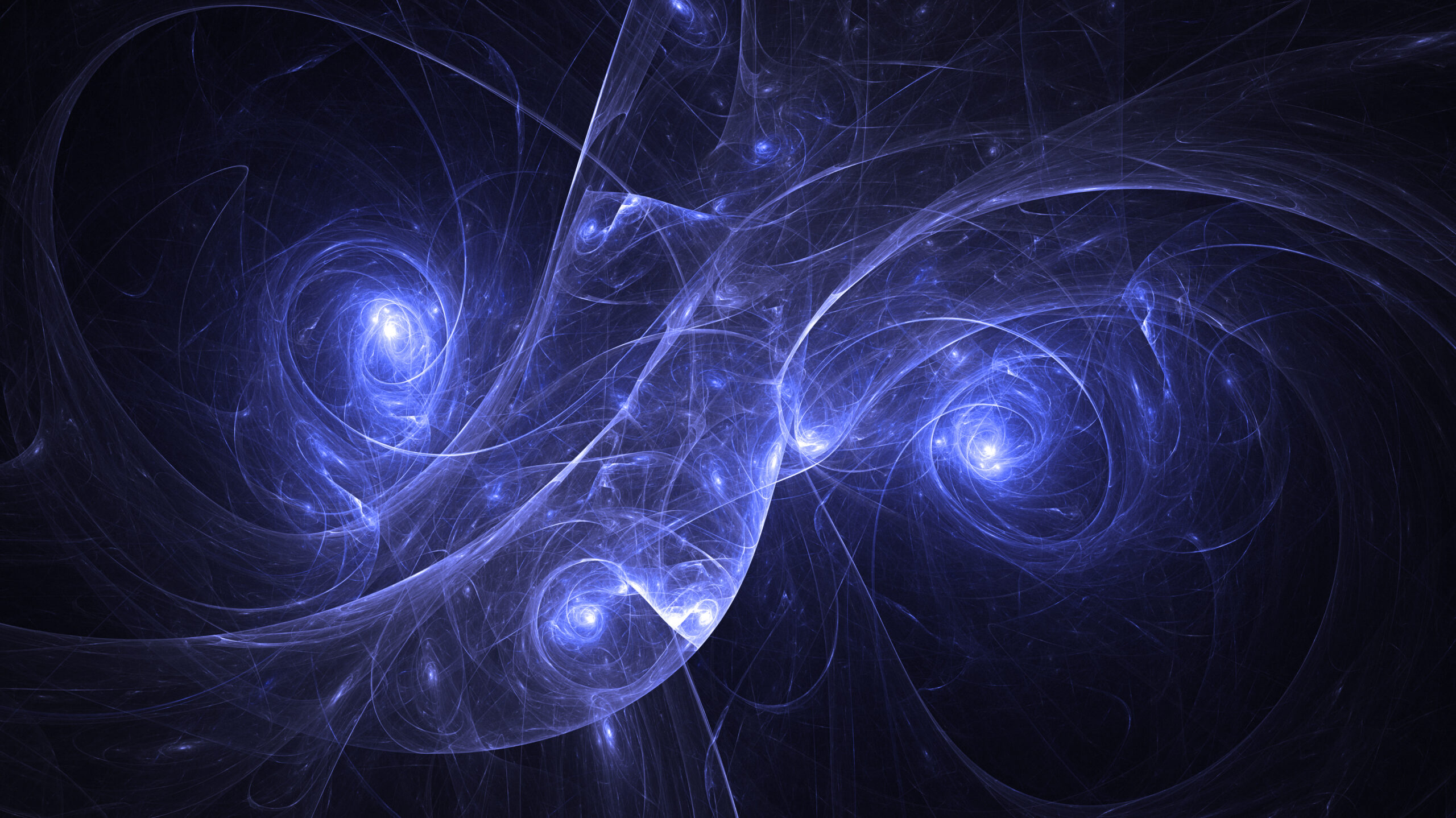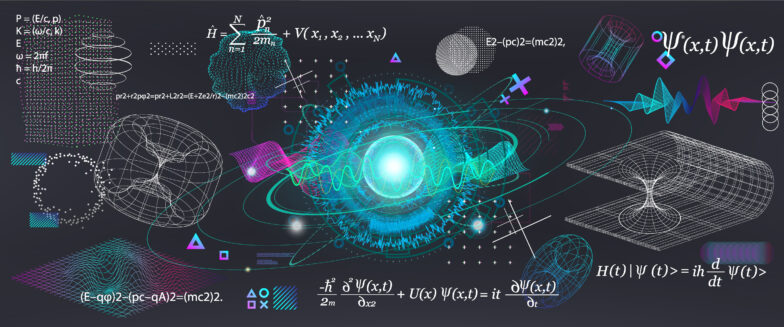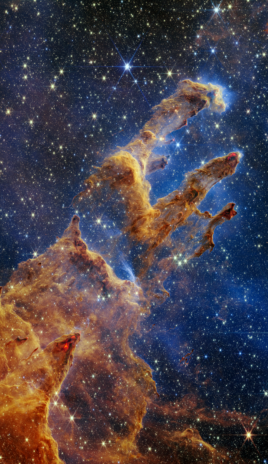Do Natural Explanations Rule Out the Universe’s Fine-Tuning?
For many years, mowing my yard required a high degree of fine-tuning. My mower required gasoline and the gas can usually sloshed the fuel all over the mower, concrete, and surrounding grass. Unless I tuned the position of the can, the rate of flow, distance from the tank opening, and numerous muscle movements, the gas would not make it into the tank so that the lawn mower would start. A few years ago when I finally started using the funnel that came with the gas can, the fuel reliably made it into the tank regardless of how fast I poured (and most of the other parameters that appeared finely tuned). Consequently, I recognized that all the fine-tuning required for my mower to work was not real, it just appeared fine-tuned. That conclusion might seem odd, but it parallels how some scientists seek to explain the fine-tuning observed in the universe.
Examples of Fine-Tuning
As scientists gain increasing knowledge of the beginning and history of the universe, they continue to discover aspects of the universe that must take exacting values for life to exist. Stars’ interior furnaces produce the carbon and oxygen that all life requires. Three finely tuned “coincidences” (a meta-stable beryllium-8 nucleus, a specific nuclear energy level in carbon, and no similar nuclear energy level for oxygen) ensure that stars produce the proper abundance of carbon and oxygen. The form and strengths of the four fundamental forces govern these coincidences and, without fine-tuning, the coincidences don’t occur. Incidentally, the finely tuned values of those forces also ensure that our universe keeps sufficient hydrogen—another element critical for life.
For stars to exist (at least those capable of producing carbon and oxygen), the geometry of the universe must match a specific value to incredible precision. If larger or smaller by a small fraction, the universe either forms no stars or only massive stars that quickly turn into black holes. For more fine-tuning examples, see the extensive catalog of various aspects of the universe that appear fine-tuned for life compiled by my colleague Hugh Ross.
Proposed Explanations of Fine-Tuning
How do scientists account for the fine-tuning? Sometimes, ongoing research appears to explain a fine-tuned aspect of the universe by natural means. One illustrative example relates to the geometry of the universe mentioned above. Back in the 1980s, the dominant quantity known to contribute to the energy budget of the universe was mass (the product of density and volume), and this posed a problem. Even without knowing much about dark matter or anything about dark energy, scientists knew the geometry of our universe is remarkably close to flat—not flat like a piece of paper, but flat in a geometry sense. However, flat is an unstable geometry for our universe such that any small deviations from flatness grow quickly and result in a closed or open universe. Measuring a flat geometry today required the mass density of the universe to vary by no more than one part in 1060 in the earliest moments of the universe. The discovery of dark matter and dark energy did not explain this fine-tuning. Eventually, scientists found a mechanism called inflation that ensures the flatness we see today.
Two relevant points about inflation warrant mention. First, getting inflation to work seems to require a high degree of fine-tuning (more on that in a future blog). Second, inflation does not remove the requirement of a precise density to get a flat geometry—it simply provides a mechanism to ensure that density happens. Inflation basically acts like the aforementioned funnel that produces universes with a flat geometry regardless of any deviations from flat that might have existed in the earliest moments of the universe. But this is not the only way scientists propose to explain fine-tuning.
A recent article highlights two common classes of explanations and a third, new one.1 To see how the three methods work, let’s look at the fine-tuning seen in dark energy. When scientists discovered dark energy back in the 1990s, they realized that the measured amount of dark energy was orders of magnitude smaller than the expected amount based on our understanding of the laws of physics. In fact, the measured value was 120 orders of magnitude smaller. One possible explanation for the discrepancy utilizes an undiscovered symmetry in the universe to explain why something we expect to be very large cancels out to almost zero. A second possible explanation argues that the sample size is much larger than we originally thought. So, the dark energy assumes an unexpectedly small value in our universe, but in a vast multiverse all the more natural values for dark energy arise.
The third, new explanation posits that some trigger mechanism serves to make the value what we measure. Like dark energy, the Higgs boson mass in our universe has an unexpectedly small value. However, we know that the Higgs field couples to itself and makes the Higgs boson that scientists discovered in 2012. If the Higgs field also couples to other particles and fields in specific ways, certain values of the Higgs mass would trigger the formation of a multiverse like the one we inhabit, the model explains. When the Higgs mass is not near these values, no substantial universe forms. The explanation requires multiple Higgs bosons, which adds a predictive aspect so future data could falsify or validate the model.2
Fine-Tuning Is Robust
Each of these explanatory approaches shares two features. First, they all recognize that our universe depends on some parameter meeting exacting conditions. Second, they each posit some mechanism, much like a funnel, that drives our universe toward that exacting condition. As we continue to understand more about our universe, we often find fascinating explanations of how things work, and those explanations add to the evidence that our universe seems fine-tuned for our existence.
Endnotes
1. Francesco Riva, “A Third Way to Explain Fine Tuning,” Physics 14 (November 15, 2021): 157, https://physics.aps.org/articles/v14/157.
2. Nima Arkani-Hamed, Raffaele Tito D’Agnolo, and Hyung Do Kim, “Weak Scale as a Trigger,” Physical Review D 104, no. 9 (November 15, 2021): 095014, https://journals.aps.org/prd/abstract/10.1103/PhysRevD.104.095014.






